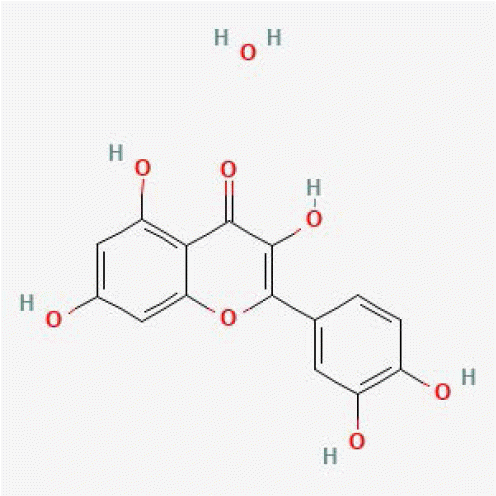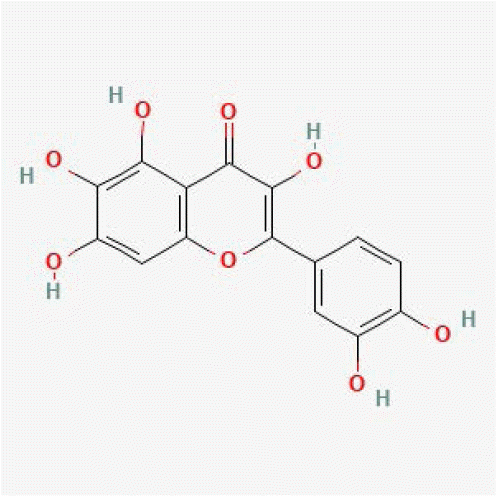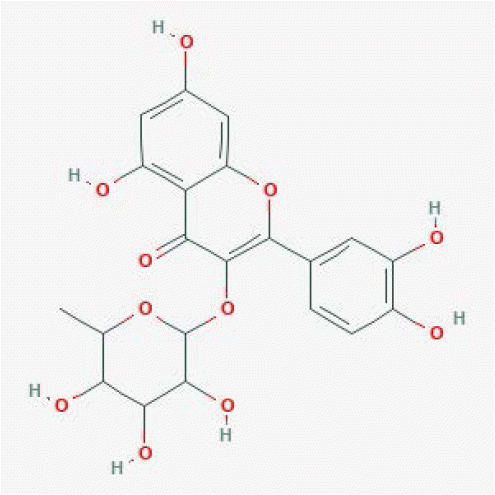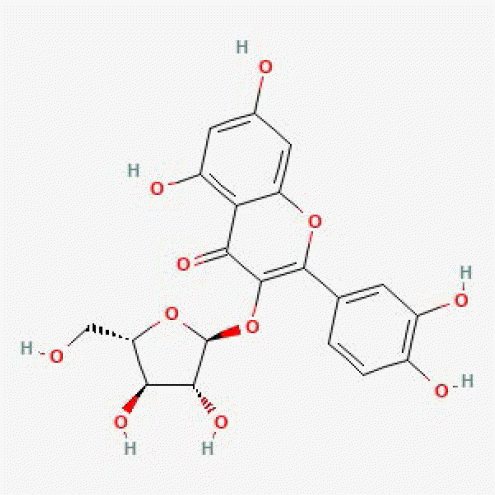1. Lobo V, Patil A, Phatak A, Chandra N. 2010; Free radicals, antioxidants and functional foods: impact on human health. Pharmacogn Rev. 4:118–126. DOI:
10.4103/0973-7847.70902. PMID:
22228951. PMCID:
PMC3249911.
2. Ashok A, Andrabi SS, Mansoor S, Kuang Y, Kwon BK, Labhasetwar V. 2022; Antioxidant therapy in oxidative stress-induced neurodegenerative diseases: role of nanoparticle-based drug delivery systems in clinical translation. Antioxidants (Basel). 11:408. DOI:
10.3390/antiox11020408. PMID:
35204290. PMCID:
PMC8869281.
3. Kim J, Lee C, Noh SG, Kim S, Chung HY, Lee H, Moon JO. 2023; Integrative transcriptomic analysis reveals upregulated apoptotic signaling in wound-healing pathway in rat liver fibrosis models. Antioxidants (Basel). 12:1588. DOI:
10.3390/antiox12081588. PMID:
37627582. PMCID:
PMC10451232.
5. Re R, Pellegrini N, Proteggente A, Pannala A, Yang M, Rice-Evans C. 1999; Antioxidant activity applying an improved ABTS radical cation decolorization assay. Free Radic Biol Med. 26:1231–1237. DOI:
10.1016/S0891-5849(98)00315-3. PMID:
10381194.
6. Du Z, Wang D, Li Y. 2022; Comprehensive evaluation and comparison of machine learning methods in QSAR modeling of antioxidant tripeptides. ACS Omega. 7:25760–25771. DOI:
10.1021/acsomega.2c03062. PMID:
35910147. PMCID:
PMC9330208.
7. Shao L, Gao H, Liu Z, Feng J, Tang L, Lin H. 2018; Identification of antioxidant proteins with deep learning from sequence information. Front Pharmacol. 9:1036. DOI:
10.3389/fphar.2018.01036. PMID:
30294271. PMCID:
PMC6158654.
8. Jeličić ML, Kovačić J, Cvetnić M, Mornar A, Amidžić Klarić D. 2022; Antioxidant activity of pharmaceuticals: predictive QSAR modeling for potential therapeutic strategy. Pharmaceuticals (Basel). 15:791. DOI:
10.3390/ph15070791. PMID:
35890091. PMCID:
PMC9316871.
9. Wiriyarattanakul A, Xie W, Toopradab B, Wiriyarattanakul S, Shi L, Rungrotmongkol T, Maitarad P. 2024; Comparative study of machine learning-based QSAR modeling of anti-inflammatory compounds from durian extraction. ACS Omega. 9:7817–7826. DOI:
10.1021/acsomega.3c07386. PMID:
38405441. PMCID:
PMC10882656.
10. Mao J, Akhtar J, Zhang X, Sun L, Guan S, Li X, Chen G, Liu J, Jeon HN, Kim MS, No KT, Wang G. 2021; Comprehensive strategies of machine-learning-based quantitative structure-activity relationship models. iScience. 24:103052. DOI:
10.1016/j.isci.2021.103052. PMID:
34553136. PMCID:
PMC8441174.
11. Carocho M, Ferreira IC. 2013; A review on antioxidants, prooxidants and related controversy: natural and synthetic compounds, screening and analysis methodologies and future perspectives. Food Chem Toxicol. 51:15–25. DOI:
10.1016/j.fct.2012.09.021. PMID:
23017782.
12. Bajusz D, Rácz A, Héberger K. 2015; Why is Tanimoto index an appropriate choice for fingerprint-based similarity calculations? J Cheminform. 7:20. DOI:
10.1186/s13321-015-0069-3. PMID:
26052348. PMCID:
PMC4456712.
13. Kruger F, Stiefl N, Landrum GA. 2020; rdScaffoldNetwork: the scaffold network implementation in RDKit. J Chem Inf Model. 60:3331–3335. DOI:
10.1021/acs.jcim.0c00296. PMID:
32584031.
14. Sordon S, Popłoński J, Milczarek M, Stachowicz M, Tronina T, Kucharska AZ, Wietrzyk J, Huszcza E. 2019; Structure-antioxidant-antiproliferative activity relationships of natural C7 and C7-C8 hydroxylated flavones and flavanones. Antioxidants (Basel). 8:210. DOI:
10.3390/antiox8070210. PMID:
31284642. PMCID:
PMC6680932.
15. Kong X, Liu C, Zhang Z, Cheng M, Mei Z, Li X, Liu P, Diao L, Ma Y, Jiang P, Kong X, Nie S, Guo Y, Wang Z, Zhang X, Wang Y, Tang L, Guo S, Liu Z, Li D. 2024; BATMAN-TCM 2.0: an enhanced integrative database for known and predicted interactions between traditional Chinese medicine ingredients and target proteins. Nucleic Acids Res. 52:D1110–D1120. DOI:
10.1093/nar/gkad926. PMID:
37904598. PMCID:
PMC10767940.
16. Sakurai S, Kawakami Y, Kuroki M, Gotoh H. 2022; Structure-antioxidant activity (oxygen radical absorbance capacity) relationships of phenolic compounds. Struct Chem. 33:1055–1062. DOI:
10.1007/s11224-022-01920-4.
17. Noda Y, Kaneyuki T, Mori A, Packer L. 2002; Antioxidant activities of pomegranate fruit extract and its anthocyanidins: delphinidin, cyanidin, and pelargonidin. J Agric Food Chem. 50:166–171. DOI:
10.1021/jf0108765. PMID:
11754562.
18. Wang W, Xu H, Chen H, Tai K, Liu F, Gao Y. 2016; In vitro antioxidant, anti-diabetic and antilipemic potentials of quercetagetin extracted from marigold (Tagetes erecta L.) inflorescence residues. J Food Sci Technol. 53:2614–2624. DOI:
10.1007/s13197-016-2228-6. PMID:
27478217. PMCID:
PMC4951414.
19. Materska M, Konopacka M, Rogoliński J, Ślosarek K. 2015; Antioxidant activity and protective effects against oxidative damage of human cells induced by X-radiation of phenolic glycosides isolated from pepper fruits Capsicum annuum L. Food Chem. 168:546–553. DOI:
10.1016/j.foodchem.2014.07.023. PMID:
25172746.
20. Yousfi M, Djeridane A, Bombarda I, Chahrazed-Hamia , Duhem B, Gaydou EM. 2009; Isolation and characterization of a new hispolone derivative from antioxidant extracts of Pistacia atlantica. Phytother Res. 23:1237–1242. DOI:
10.1002/ptr.2543. PMID:
19274680.
21. Kim SM, Kang K, Jho EH, Jung YJ, Nho CW, Um BH, Pan CH. 2011; Hepatoprotective effect of flavonoid glycosides from Lespedeza cuneata against oxidative stress induced by tert-butyl hyperoxide. Phytother Res. 25:1011–1017. DOI:
10.1002/ptr.3387. PMID:
21226126.
22. Ding L, Zhang X, Zhang J. 2021; Antioxidant activity in vitro guided screening and identification of flavonoids antioxidants in the extract from
Tetrastigma hemsleyanum Diels et Gilg. Int J Anal Chem. 2021:7195125. DOI:
10.1155/2021/7195125. PMID:
34858501. PMCID:
PMC8632396.
23. Estévez L, Mosquera RA. 2008; Molecular structure and antioxidant properties of delphinidin. J Phys Chem A. 112:10614–10623. DOI:
10.1021/jp8043237. PMID:
18821739.
24. Wagner AB. 2006; SciFinder Scholar 2006: an empirical analysis of research topic query processing. J Chem Inf Model. 46:767–774. DOI:
10.1021/ci050481b. PMID:
16563008.
25. Kilic I, Yeşiloğlu Y, Bayrak Y. 2014; Spectroscopic studies on the antioxidant activity of ellagic acid. Spectrochim Acta A Mol Biomol Spectrosc. 130:447–452. DOI:
10.1016/j.saa.2014.04.052. PMID:
24813273.
27. Hossain H, Rahman SE, Akbar PN, Khan TA, Rahman MM, Jahan IA. 2016; HPLC profiling, antioxidant and in vivo anti-inflammatory activity of the ethanol extract of Syzygium jambos available in Bangladesh. BMC Res Notes. 9:191. DOI:
10.1186/s13104-016-2000-z. PMID:
27021114. PMCID:
PMC4810503.
28. Tu EC, Hsu WL, Tzen JTC. 2023; Strictinin, a major ingredient in Yunnan Kucha tea possessing inhibitory activity on the infection of mouse hepatitis virus to mouse L cells. Molecules. 28:1080. DOI:
10.3390/molecules28031080. PMID:
36770747. PMCID:
PMC9921699.



















 PDF
PDF Citation
Citation Print
Print


 XML Download
XML Download